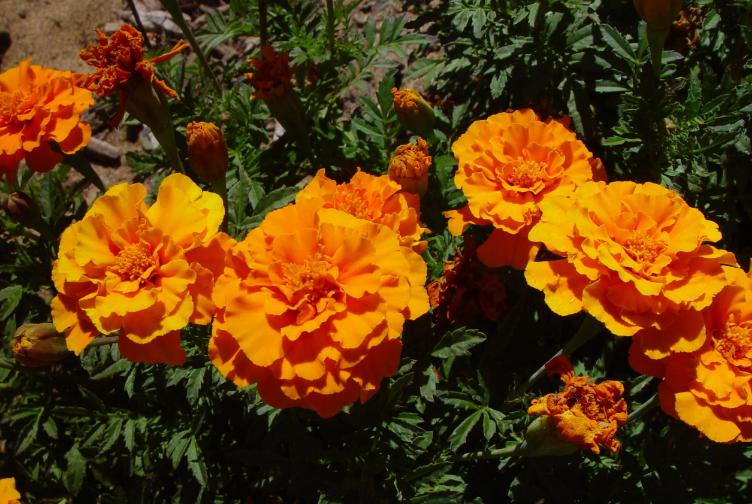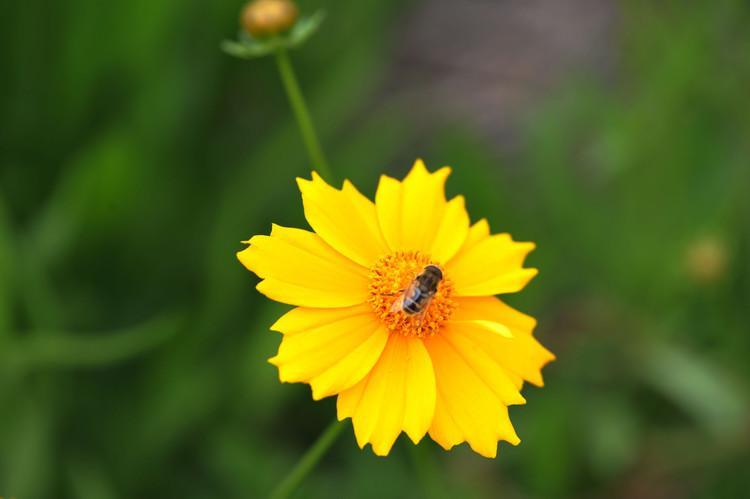The Cynomoriaceae family is known for its unique lifestyle as it is a parasitic plant that does not photosynthesize. Instead, it depends on the roots of other plants to obtain nutrients. Interestingly, the type genus of this family, Cynomorium, was used as a traditional medicine to treat impotence in ancient China. The plant was believed to have aphrodisiac properties, and its phallic shape contributed to its reputation as a potent sexual enhancer. Today, Cynomorium is still used in Traditional Chinese Medicine to treat various ailments such as kidney disease and arthritis.
Picture
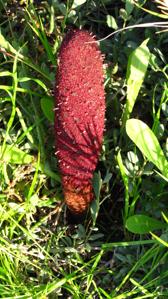
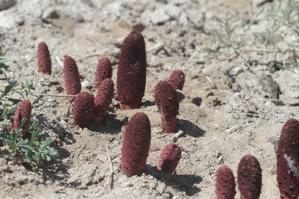
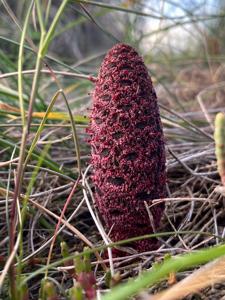
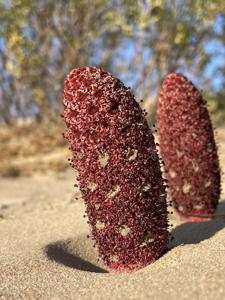
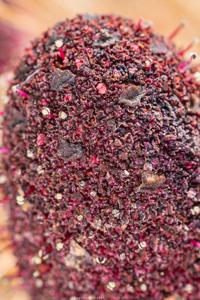
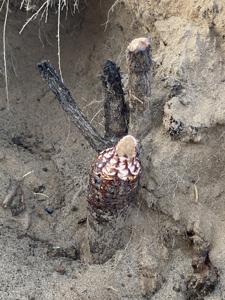
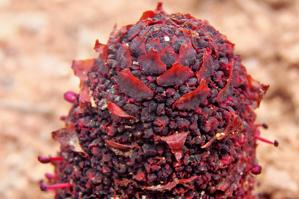
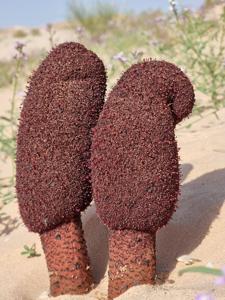
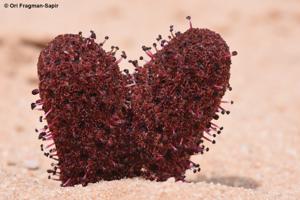
Plant some seeds now!
Short Description
Cynomorium is a genus of parasitic perennial flowering plants in the family Cynomoriaceae. The genus consists of only one species, Cynomorium coccineum (although one of its subspecies is sometimes treated as a separate species). Its placement in the Saxifragales was resolved in 2016 with the help of nuclear, plastid, and mitochondrial sequences obtained from next-generation sequencing. Common names include the misleading Maltese fungus or Maltese mushroom; also desert thumb, red thumb, tarthuth (Bedouin) and suoyang (Chinese). A rare or local species, it grows in dry, rocky or sandy soils, often in salt marshes or other saline habitats close to the coast. It has had a wide variety of uses in European, Arabian and Chinese herbal medicine.
Description
This plant has no chlorophyll and is unable to photosynthesise. It is a geophyte, spending most of its life underground in the form of a rhizome, which is attached to the roots of its host plant; it is a holoparasite, i.e. totally dependent on its host. The low-growing inflorescence emerges (in spring, following winter rain), on a fleshy, unbranched stem (most of which is underground) with scale-like, membranous leaves. Dark-red or purplish, the inflorescence consists of a dense, erect, club-shaped mass, some 15–30 cm (5.9–11.8 in) long, of minute scarlet flowers, which may be male, female or hermaphrodite. It is pollinated by flies, attracted to the plant by its sweet, slightly cabbage-like odour. Once pollinated, the spike turns black. The fruit is a small, indehiscent nut.
In the Mediterranean region, Cynomorium is a parasite of salt-tolerant plants in the Cistaceae (cistus family) or Amaranthaceae (amaranth family); elsewhere it parasitizes Amaranthaceae, Tamaricaceae (tamarisks) and, in China, Nitrariaceae, especially Nitraria sibirica. Other authorities suggest the host plants are saltbushes (Atriplex species, Amaranthaceae).


